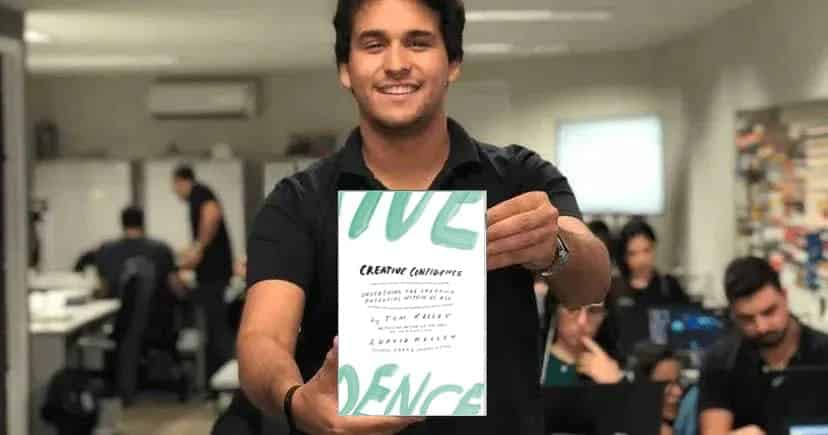
Creative Confidence - Tom Kelley and David Kelley
Discover what you can do to unleash and believe more in all your natural creativity, through a series of success cases brought to you by the owners of one of the most innovative companies in the world.
Choose language:
